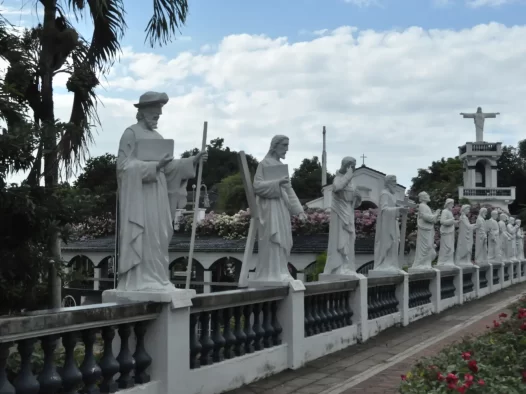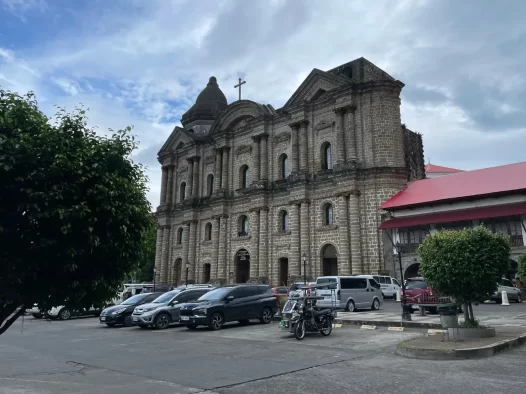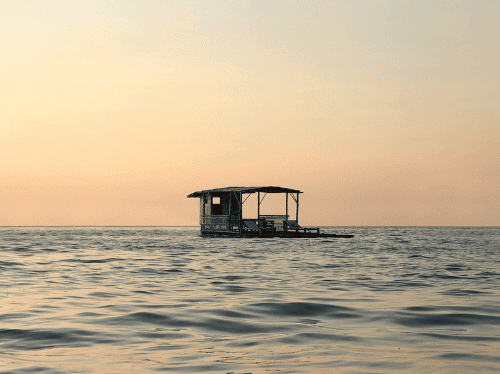San Juan
San Juan, Batangas, is a thriving first-class municipality located in the 4th District of Batangas Province. Established on December 12, 1848, it is comprised of 42 vibrant barangays. Spanning an area of 237.40 square kilometers, equivalent to approximately 8.6% of Batangas’ total land area, San Juan possesses abundant untapped potential. The municipality boasts of natural resources and is home to picturesque white sand beaches along Sigayan Bay, as well as captivating black sand beaches along Tayabas Bay. Furthermore, San Juan takes pride in its cultural heritage, with ancestral and heritage buildings adding to its allure as a sought-after tourist destination in Batangas. The tourism industry has played a pivotal role in the municipality’s economic growth, contributing 1.2% to its annual income in 2018. With its significant forward and backward linkages and multiplier effects, tourism provides employment, income, and opportunities for the local population, cementing its position as a key economic driver in San Juan.
History and Heritage
San Juan, formerly known as Bolbok, started as a small village that grew in population and economic activities, eventually becoming a town led by gobernadorcillos. Don Camilo Perez served as the first gobernadorcillo, accomplishing various public works and maintaining peace and order. Due to frequent floods in 1869, the town was relocated to a new site, incorporating the areas of Calit-calit, Maraykit, and Lipahan. Under successive gobernadorcillos, the government of San Juan thrived. During the Spanish regime, the cooperation of illustrados and Spanish priest founders led to the inauguration of the town parish church in 1884. In the 1920s, the name Bolbok was officially changed to San Juan in honor of the patron Saint San Juan de Nepomuceno.
Recognized as a separate municipality in 1848, San Juan is the second-largest municipality in Batangas, covering a land area of 27,340 hectares primarily dedicated to agriculture. It was reclassified as a first-class municipality in 2005. With 42 barangays and a population of 90,294 according to the 2008 NEDA Census, San Juan is strategically located in the southernmost part of Batangas. It serves as the southeastern gateway to the province, connecting to the Philippines-Japan Friendship Highway (Daang Maharlika), a major mainland transport route from Metro Manila to Mindanao. Situated approximately 43 kilometers east of Batangas City and southwest of Lucena City, and about 120 kilometers south of Metro Manila, San Juan benefits from its proximity to important cities. Bounded by the Verde Island Passage, it facilitates inter-island travel and interactions with Batangas, Quezon, Mindoro, and Marinduque.
San Juan’s picturesque location at the southern tip, featuring beautiful white sandy beaches, coves, and marine life surrounded by mountains and hills, presents opportunities for tourism development. The Laiya area and its surroundings have been identified as a tourism development precinct in the Tourism Master Plan for Batangas/Taal/Tagaytay areas. With access to fishing grounds in Tayabas Bay and the presence of inland fishponds, swamps, and marshes in the eastern barangays, the municipality is rich in marine resources. The forested mountainous inland area offers a 33-kilometer coastline with diverse marine life, making it a desirable destination for visitors.
Climate
The rainy season starts in June and ends in November. When December comes, the people experienced a very cool dawn. The summer season on the month of March to the end of May.
If you prefer a hassle-free trip, you can rent a car or hire a private vehicle for more convenience and flexibility. Public transportation, such as buses and jeepneys, is also available and can be a more budget-friendly option.
Batangas: Where history, beauty, and resilience converge, creating a tapestry of captivating stories and unforgettable moments.
Lambayok Festival
Held annually on December 12, Lambayok Festival is not only a time for celebration but also a platform to promote the local industries and boost tourism in San Juan. It serves as a reminder of the town’s history, cultural heritage, and the significant contributions of lambanog, palayok, and karagatan to the community’s livelihood. Through this lively and colorful event, locals and visitors alike can come together to celebrate, appreciate, and preserve the unique traditions and industries that make San Juan a remarkable destination.

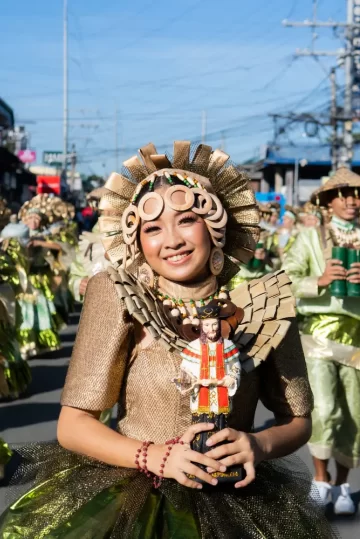
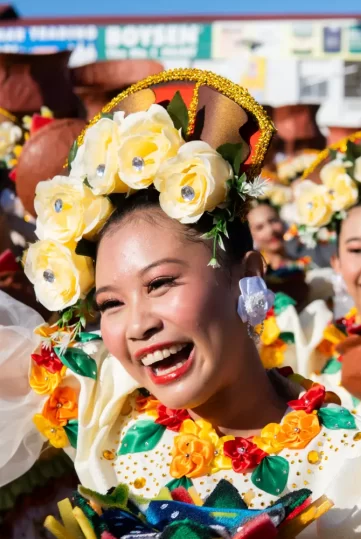
Local Attractions
Batangas in the Philippines offers a range of local attractions that cater to various interests. These are just a few of the attractions you can explore in Batangas. Whether you’re interested in history, nature, or relaxation, the city offers something for everyone.
Getting Around
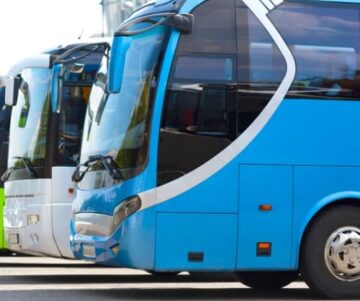
Buses
Buses provide transportation for longer distances, connecting Batangas with other regions and provinces. These buses have designated terminals and offer a more comfortable option for longer journeys.
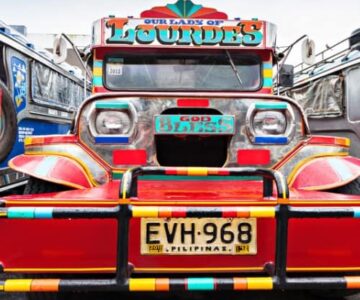
Jeepneys
Jeepneys are a staple mode of public transportation in the Philippines. They are colorful, elongated jeeps that can carry multiple passengers. Jeepneys follow specific routes and have fixed fares.
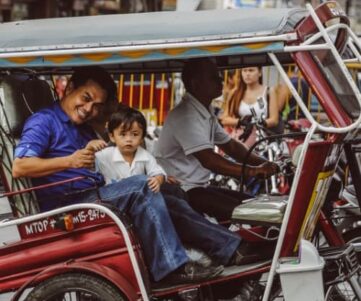
Tricycles
These motorized vehicles consist of a motorcycle with a sidecar, which can accommodate around 3 to 4 passengers. Tricycles are commonly used for short trips within the city, and fares are usually negotiable.

